Juan Carlos Gómez Martín
Científico Titular
Consejo Superior de Investigaciones Científicas (CSIC)
Instituto de Astrofísica de Andalucia (IAA)
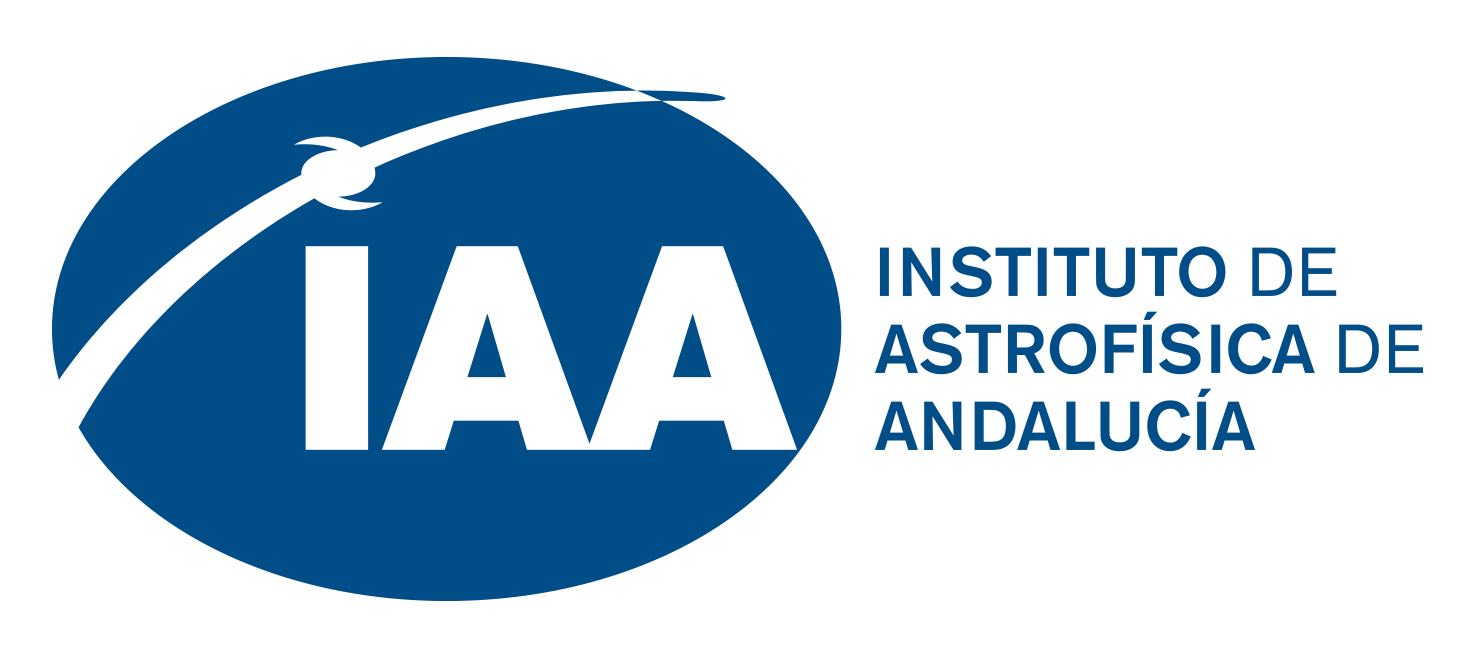

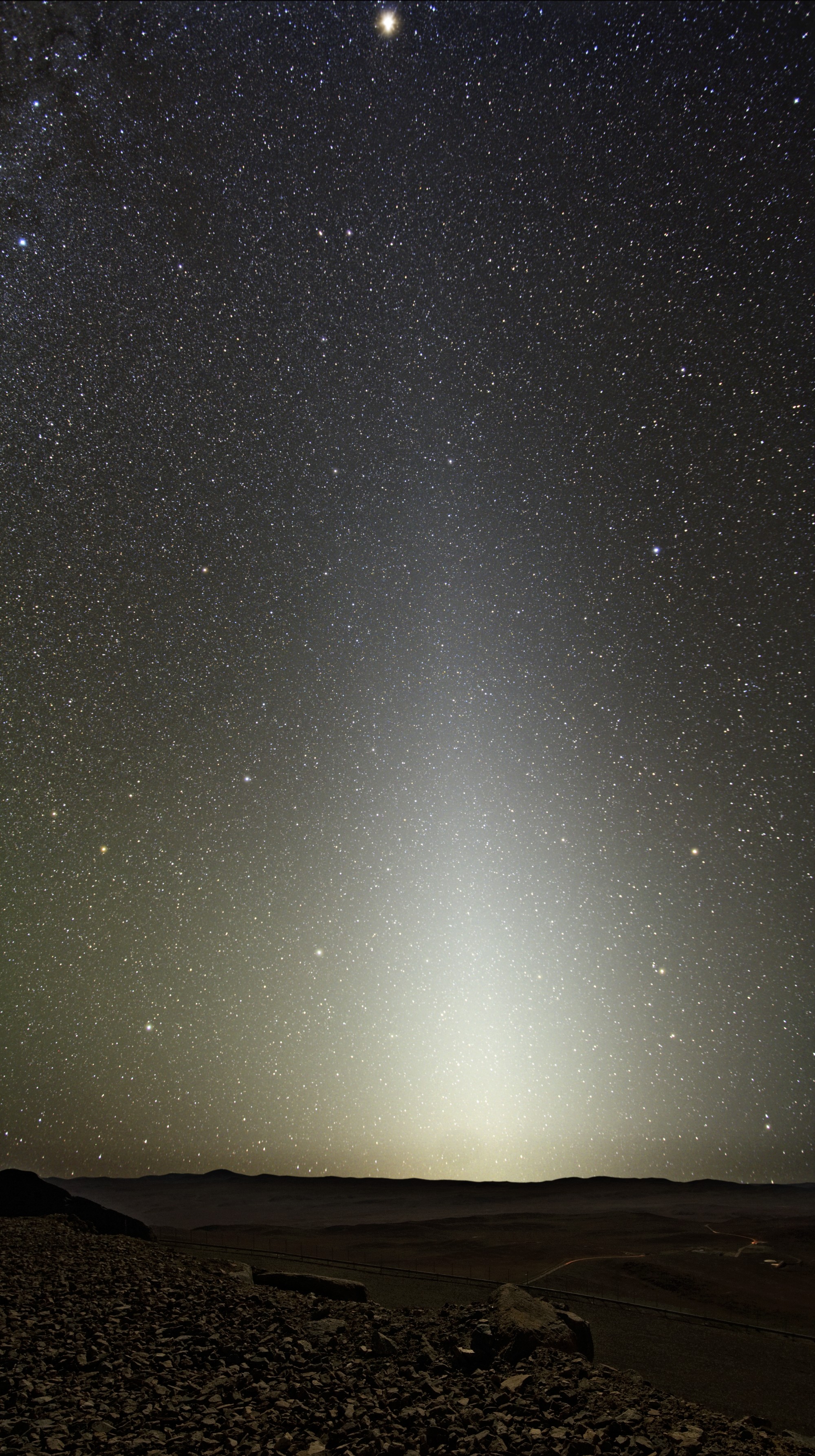
Cosmic dust is a general term that encompasses different types of extraterrestrial particulate materials: interplanetary (or zodiacal) dust, cometary dust, asteroidal dust, interstellar dust, and even atmospheric aerosol in different planets and moons. Submillimeter sized debris orbiting the Sun are usually termed micrometeoroids. There is some confusion about these denominations and it is noted that the international astronomical union has published some recommendations. In general: dust is smaller than 30 μm, meteoroids 30 μm to 1 m, asteroids larger than 1 m. The term micrometeroid is currently discouraged by the IAU. Dust particles ejected by comets approaching perihelion and released by collisions between asteroids feed the Zodiacal Cloud, a disk-shaped cloud of aged dust that pervades the interplanetary space around the Sun and scatters Sun light giving rise to the so-called Zodiacal Light. In situ analysis of pristine particles of comet 67P/Churyumov-Gerasimenko has been carried out by the Rosetta mission. Samples have been returned to Earth from asteroid Itokawa by the Hayabusa mission and from comet 81P/Wild by the Stardust mission (see figures). As planets orbit the sun, they sweep up tens of tons of these particles. Between 20 and 50 t d-1 of zodiacal dust particles are captured by the gravity of Earth according to current estimates, dwarfing the input of larger meteorites. Because of the high relative speed (11-72 km s-1), particles entering Earth’s and other planet's atmospheres are heated by collisions with atmospheric molecules and their elemental constituents sputter and vaporize (ablate). Depending on mass and speed, particles may vaporize completely, melt and solidify forming a cosmic spherule, melt partially forming an scoriaceous micrometeorite or suffer a minor degree of alteration, forming an unmelted micrometeorite.
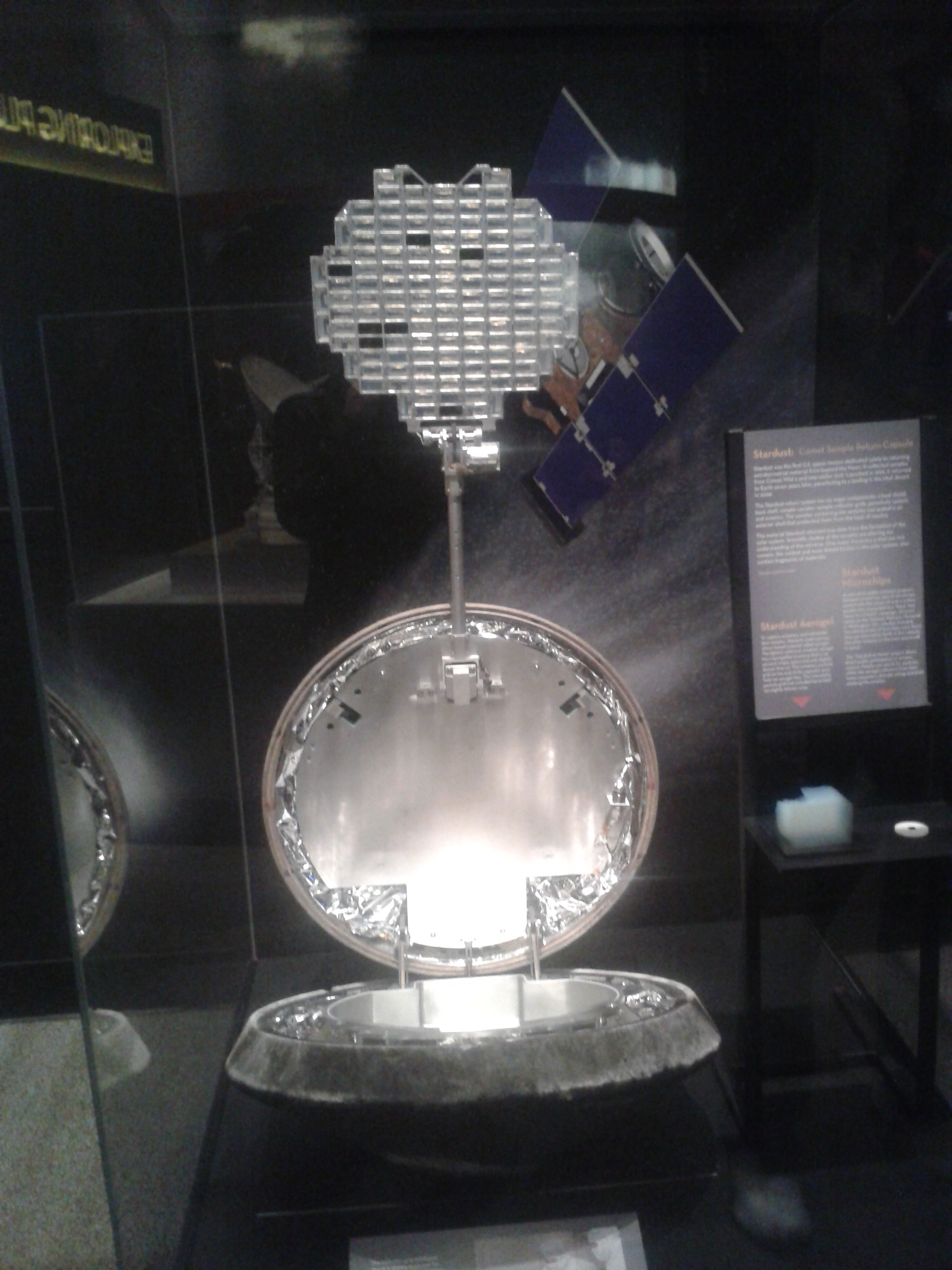
Particles or residues surviving entry normally reach the ground and are collected from sea sediments, deserts, and specially from the polar ice and snow. Also, a dedicated NASA program collected over years an impressive collection of particles of extraterrestrial origin using collectors mounted in stratospheric research aircraft. These have been called traditionally interplanetary dust particles.
The main source of Zodiacal Dust appears to be the Jupiter Family of Comets (JFCs) according to dynamical modelling constrained with atmospheric observations. The fact that micrometeorite mineralogy and morphology statistics are more consistent with an asteroidal origin appears to be related to the mass and velocity distributions of the cometary dust particles, which tend to ablate more efficienty in the mesosphere.
Unmelted micrometeorites and interplanetary dust particles have average elemental abundances close to those of carbonaceous chondrites of type CI, which in turn are similar to the composition of the solar photosphere. This is at least true for refractory elements. Owing to the different volatility of the elemental constituents of zodiacal dust particles, micrometeorites that have experienced total or partial melting are usually depleted in the most volatile elements and even show isotopic mass fractionation. Conversely, the metal layers formed by meteoritic ablation are enriched in volatile elements such as sodium and potassium. This phenomenon known as differential ablation. There is near-live evidence of differential ablation from high performance large aperture radar measurements of meteor head echoes and from spectrally resolved high sensitivity cameras.
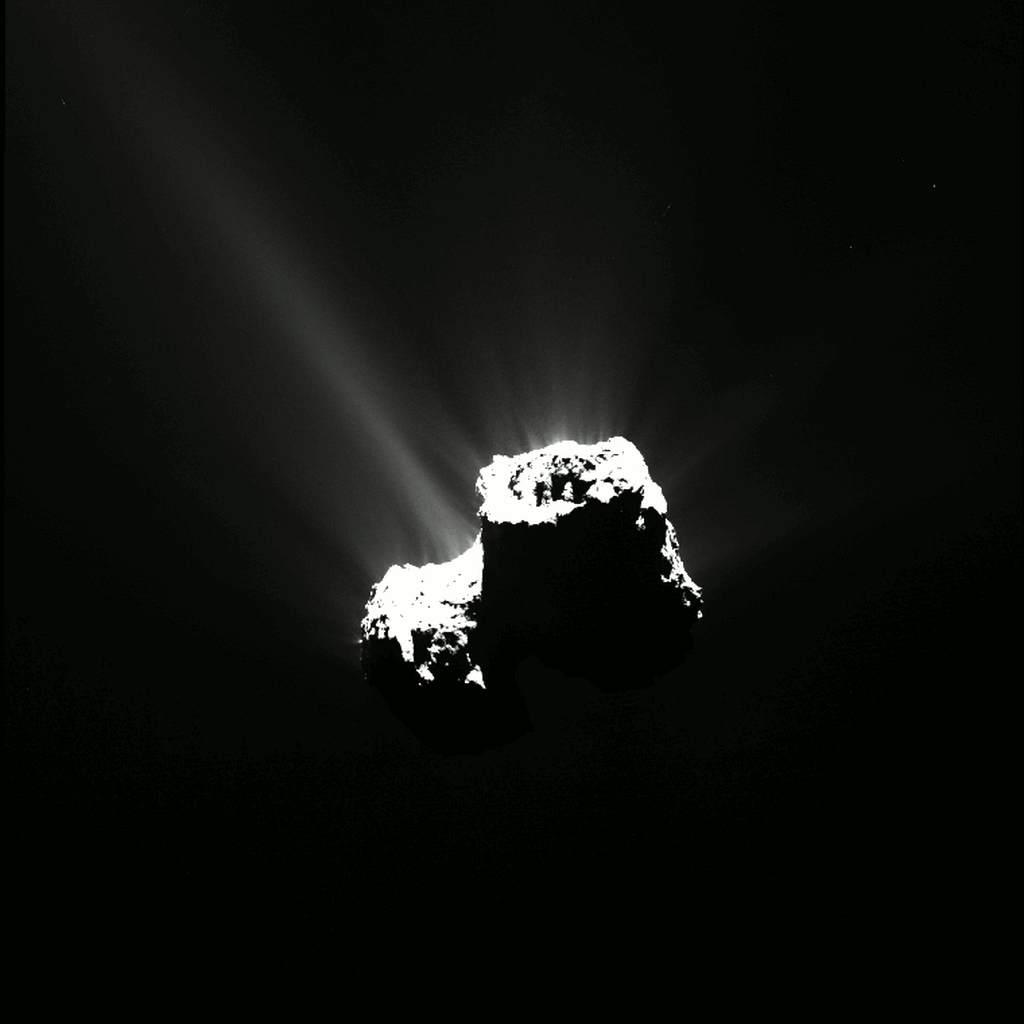
Cosmic dust has been proposed as a carrier of trace bioelements (C, S, P) to planetary surfaces in the early Solar System. Moreover, the input of extraterrestrial sulfur may have had paleoclimatic impacts
The objective of the ERC-AvG project Cosmic Dust in the Terrestrial Atmosphere (CODITA) was determining the total input of cosmic dust into Earth. In order to find an estimate of this number consistent with all available observations, the different biases of these had to be considered. In particular, ground based observations need to account for the effect of atmospheric entry and ablation. The chemical ablation model (CABMOD) was used for this purpose. A meteor ablation simulation (MASI) was developed to provide experimental support to the model. I led a team to design, build and run the instrument with cosmic dust analogs and compare the results with CABMOD predictions. The most important predictions of the model were validated and in particular we demonstrated the differential ablation of meteors in the laboratory for the first time.
Spectro-foto-polarimetric [1] [2] remote sensing is a source of information about cosmic dust complementary to the collections of micrometeorites [1] [2] and stratospheric IDPs, the in-situ observations of Rosetta and the samples returned by Stardust and Hayabusa. Currently, I work with Olga Muñoz and Fernando Moreno at the Cosmic Dust Laboratory of IAA-CSIC, a facility that has produced in the past excellent measurements of the light scattering properties of a large number of cosmic dust analogs.
The Meteoric Ablation Simulator (MASI) has been designed to carry out controlled flash heating of IDP analogues over the range of atmospheric ablation temperatures, while the vaporization rates of two elemental constituents are monitored using time-resolved atomic laser-induced fluorescence (LIF). The MASI consists of a vacuum chamber fitted with an electrical feedthrough on which a 20 mm long and 1 mm wide tungsten ribbon is mounted as a filament. Samples of cosmic dust analogues are deposited on the filament surface and then the chamber is closed and evacuated. A flow of 5 standard cubic centimeters per minute (sccm) of oxygen-free N2 is passed through the chamber. This maintains a background pressure of ∼15 Pa, high enough to slow down diffusion toward the walls, but still low enough to allow the assumption of evaporation into a vacuum. The filament is resistively heated using a programmable power supply up to 3000 K. The temperature of the filament surface is measured using a pyrometer camera. Each experiment is recorded through a set of optics and filters using a video camera in order to track the particle evolution on the surface of the filament (see videos below). The output from an Nd:YAG laser operating at 250Hz is used to pump simultaneously two dye lasers tuned to the chosen atomic resonance transitions. The laser beams pass 3.5 cm above the filament and promote evaporated atoms to an excited state. The photons emitted by radiative relaxation to the ground state (fluorescence) are collected through monochromators by orthogonal photomultipliers connected to boxcar averagers. The LIF signal at the detection volume is proportional to the concentration of atoms in the gas envelope evaporated from the particle. A microcomputer-controlled delay generator is used to synchronize the laser firing with temperature ramping and LIF signal acquisition. In a typical experiment a heating program is run and the LIF signals of the evaporated metals are recorded together with the observed temperature and the time. Different heating programs can be chosen, including ramps of different slopes, step functions, and modelled profiles of atmospheric entry temperature from standard meteor physics calculations. The MASI has beeen reassembled at the new SPARKSLAB of IAA-CSIC.
References:Two views of the same MASI experiment: a meteorite particle (cosmic dust analog) evaporates when a current is passed through the tungsten filament simulating the heating experienced during atmospheric entry.
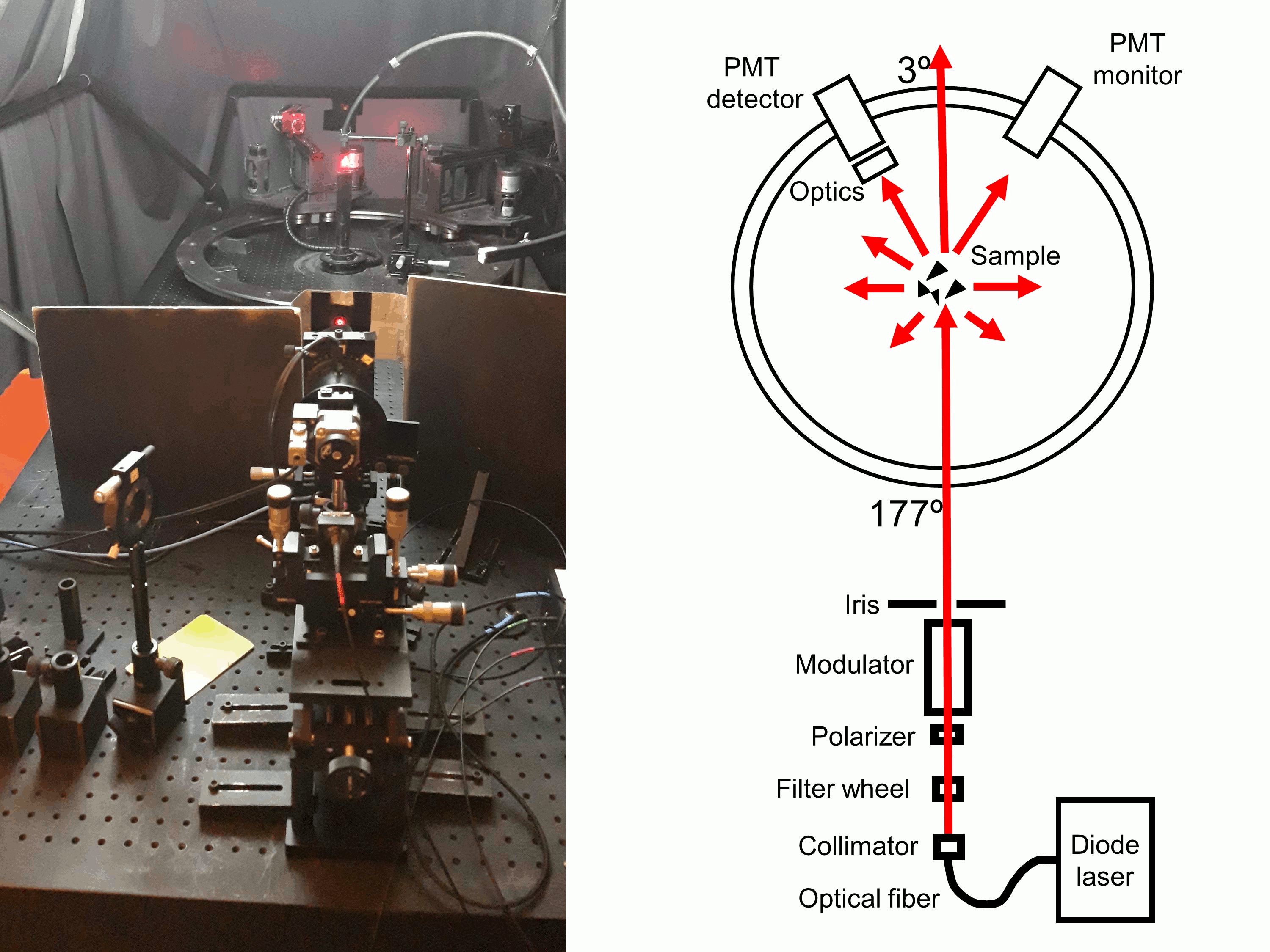
The cosmic dust laboratory CODULAB at IAA-CSIC has been designed to carry out measurements of the angular dependence of the properties of light scattered by astrophysical dust samples. These properties include the intensity and the polarization state induced by the dust samples in the incoming light beam (the so-called scattering matrix). Laboratory scattering measurements are very useful in the interpretation of remote sensing observations of sunlight scattered by zodiacal and cometary dust, as well as atmospheric aerosols. Dust properties such as size, structure and composition can be inferred from these observations by careful comparison with laboratory data and modelling. I work at CODULAB since September 2017. My work is funded by the Spanish Ministry of Science: project LEONIDAS 2019-2021 (RTI2018-095330-B-I00) and project CATS 2022-2024 (PID2021-1233700-B-100).
We are also participants of the project ROADMAP funded by the EU’s H2020 Research and Innovation Programme (grant agreement No 101004052). ROADMAP aims at improving our understanding of the role of dust and clouds in the Martian atmosphere
Working at CODULAB by David Gustafsson (@gustafsson.doc)